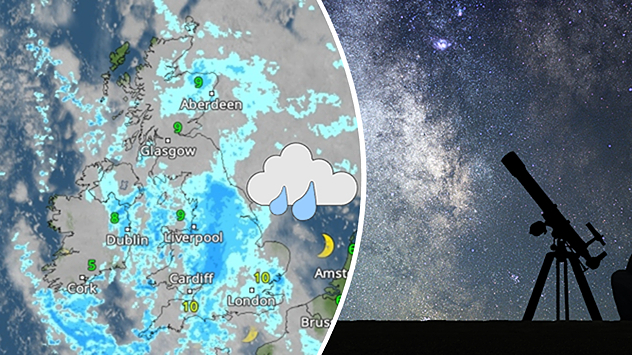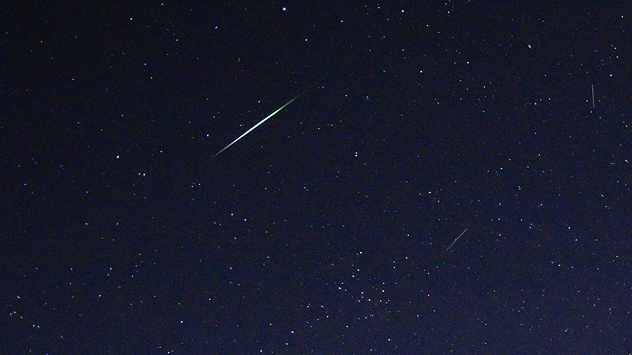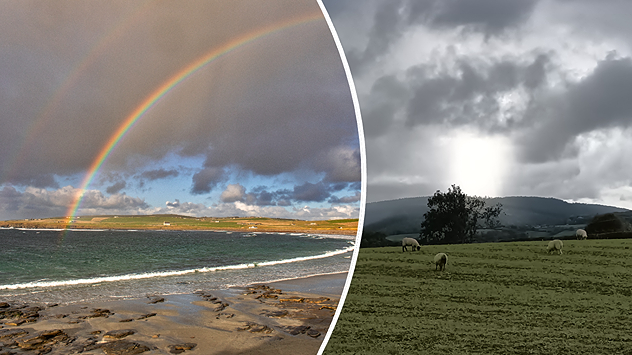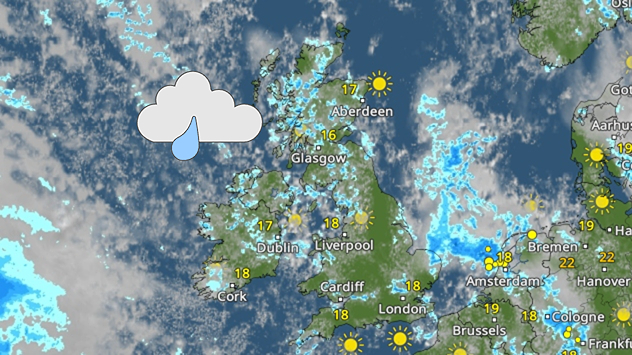Direct hit in spaceDART probe crashes into asteroid moon
Recommended external content from YouTube
We need your consent to show content from YouTube. You can withdraw your consent at any time.
Settings for external content
Privacy policy





